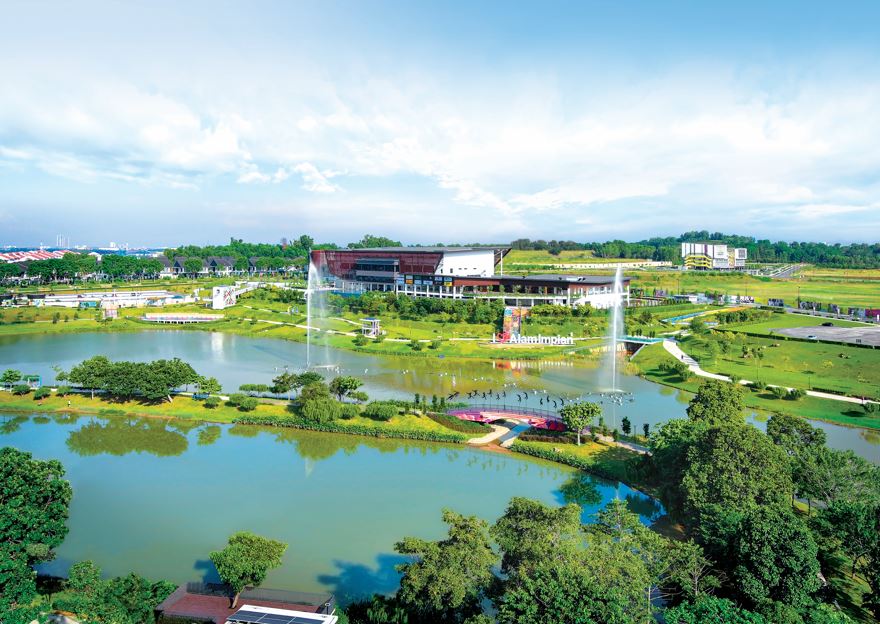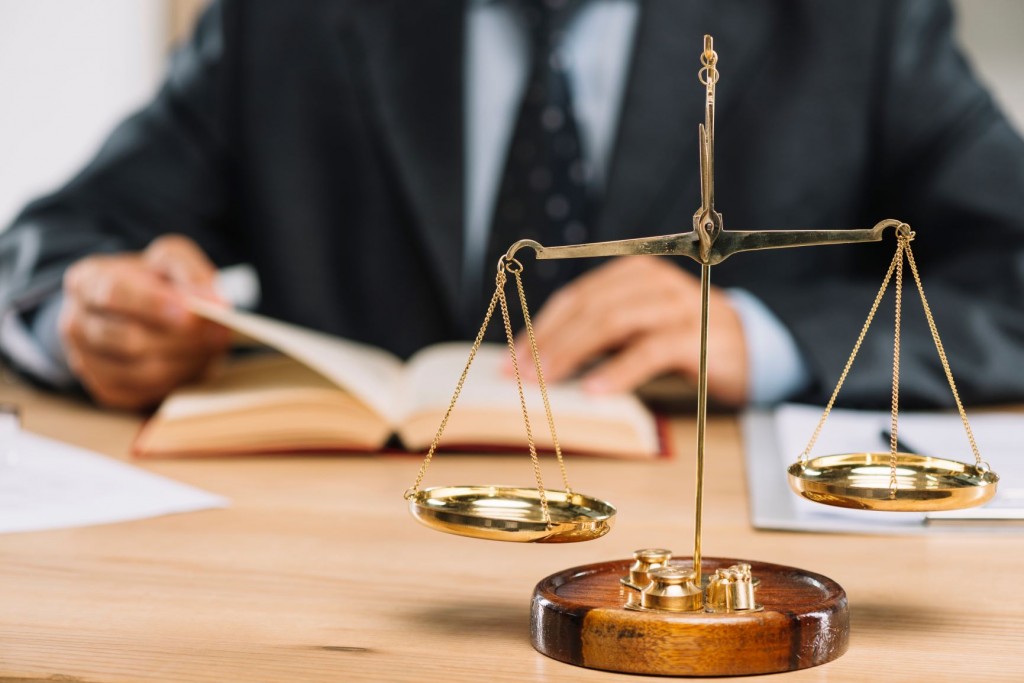Sustainability in construction sector critical due to far reaching impacts on other sectors
The agenda of Environmental, Social and Governance (ESG) has become a significant framework for evaluating and reporting on the sustainability and ethical impact of a business or industry. Companies are embracing these principles not only out of a sense of urgency for the environment but also in response to the growing voices of their stakeholders, including employees, who seek a positive impact in the work they engage in. Similarly, in the construction sector, companies are undertaking ESG reporting to better communicate and track their performance in implementing ESG. While milestones have been reached, the road ahead is still long for the construction sector in Malaysia.
To recount the sector’s journey in ESG, the following excerpt is from the keynote address by Construction Industry Development Board (CIDB) Chief Executive Datuk Mohd Zaid Zakaria at the CIDB Malaysia International Construction Transformation Conference (ICTC) 2023.
Why is ESG important in construction?
ESG has become a significant framework for evaluating and reporting on the sustainability and ethical impact of a business or industry. The implementation of ESG in the construction sector is very critical because the construction industry is the catalyst of the physical and economic development of any nation. The construction industry has a multiplier effect of 2.03 due to its connections to more than 120 different industries, of which 90% of the firms are Small and Medium Enterprises (SMEs). The construction sector serves almost all other industries, as all economic value creation occurs within or by means of the built environment.
(At the global level) the construction sector is also the largest global consumer of raw materials and constructed objects which accounts for about 25-40% of the world’s total carbon emissions. The World Economic Forum points out that, by harnessing the capacity of the construction sector, many countries could cut emission rates effectively and achieve energy savings of more than 30%.
What are the major policies in Malaysia governing the adoption of ESG in construction?
As early as 2015, By-Law 38A has mandated energy efficiency requirements for new buildings and renovations. In 2021, the Works Ministry introduced the National Construction Policy 2030 (NCP), which outlines the essential steps to achieve quality, reliable, sustainable and resilient infrastructure. These are in order to ensure:
1) projects are planned with infrastructure that is resilient to damage caused by natural disasters.
2) that planning, designing, usage of materials, construction processes and maintenance of the infrastructure, are carried out with the aim to build and maintain structures that are resilient to natural disasters.
The NCP also emphasises on sustainable construction rating tools and the development of environmentally friendly design and encourages the industry to leverage technological capabilities and step up research and development to contribute towards sustainability, including low emission and climate-resilient development.
To incentivise green investment, the government has introduced the Green Investment Tax Allowance and Green Income Tax Exemption. The Green Technology Financial Scheme offered financial loan rebates for green technology projects. This scheme not only eased the financial burden of implementing sustainable practices but also created a favourable environment for green technology adoption in the construction sector.
In the pursuit of carbon-neutral goals, the government has implemented initiatives like the Net Energy Metering program, the MyHIJAU Program and the Sustainable and Responsible Investment Sukuk Framework.
What about the roles of CIDB in ESG?
To facilitate local councils in developing climate-resilient infrastructure, CIDB through its R&D arm, the Construction Industry Research Institute of Malaysia or CREAM has produced two guidelines, namely:
1) Guidelines for Landslide Vulnerability Assessment and Development of Risk Index for Critical Infrastructure in Malaysia.
2) The Development of Flood-Risk Vulnerability Index for Critical Infrastructure in Malaysia. CREAM has also conducted training for many local councils throughout the country on how to use these guidelines in order to protect existing and future critical infrastructure. CIDB has developed the MyCREST and Sustainable INFRASTAR rating tools that integrate sustainability elements throughout the construction lifecycle.
Recognising the importance of construction waste management, CIDB again through CREAM published the Guideline for Construction Waste Management in the year 2008, emphasising sustainable waste management. It outlined best practices and strategies for minimising waste generation, promoting recycling and ensuring proper disposal of construction waste.
In 2021, CIDB published the Embodied Carbon Inventory Data for Construction Materials, providing crucial information for various construction materials and building elements. The Construction Industry Transformation Program or the CITP, implemented from 2016 to 2020, has achieved significant benefits in promoting environmental sustainability. CIDB is also actively progressing with the CIDB Strategic Plan (CSP) as a continuation of the CITP, to further advance the sustainability agenda.
What are the concrete achievements thus far?
One of the key milestones in construction is the adoption of the Industrialised Building System(IBS). Since the early 2000s, Malaysia has been promoting the use of IBS, which involves prefabricated components and off-site construction methods. This approach reduces material waste, improves construction efficiency and enhances building quality. By embracing IBS, we have taken a significant step towards sustainable and efficient construction practices.

It is crucial to highlight the long-term benefits and return on investment that sustainable practices can offer, said Zaid.
What are the challenges that the sector faced in implementing more comprehensive ESG practices?
While Malaysia has made significant strides in sustainable construction, there are still many challenges to be overcome. The level of adoption varies across the industry, and there is a general perception that sustainable construction is more expensive.
However, it is crucial to highlight the long-term benefits and return on investment that sustainable practices can offer. Developers and investors can enjoy enhanced marketability, cost savings and a positive brand image with green buildings, but they may face challenges such as higher initial costs, complex certification processes and limited availability of sustainable materials.
Designers have the opportunity to showcase their expertise in sustainable design principles and contribute to improved health and well-being for occupants. However, they need to balance additional design considerations, technical complexity and the need to harmonise sustainability goals with design aesthetics.
Contractors and builders can differentiate themselves in the market and develop a skilled workforce by going green. They can contribute to reduced environmental impact by implementing sustainable construction practices, but they may face challenges in terms of technical expertise, potential cost and time constraints and limited availability of their doers or subcontractors and suppliers with experience in green construction.
Occupants and users of green buildings benefit from improved indoor air quality, thermal comfort and natural lighting, which positively impact their health and productivity. They can also enjoy energy and water savings, resulting in reduced utility costs. However, they may need to adapt to new systems and engage in responsible behaviour to optimise energy and water usage. Certain green building features may also limit individual control and customisation options for the occupants.
Overall, implementing sustainable construction requires specialised knowledge and skills, necessitating capacity-building programs and continuous professional development initiatives. Collaboration among all industry stakeholders is also essential for the transition to sustainable construction.
Are there lessons we can learn from other countries to overcome these challenges?
Indeed, Malaysia can learn from sustainable construction trends abroad by:
1) The integration of smart technologies and the Internet of Things (IoT) in buildings for improved energy monitoring, control and maintenance. This includes the importance of data analytics, cybersecurity measures, occupant engagement and system interoperability.
2) By embracing circular economy principles, such as waste reduction, recycling and material reuse. These highlight the need for innovative construction practices, sustainable material choices, and collaborative networks for material recovery and recycling.
3) By constructing resilient housing for vulnerable communities, including low-income households and those affected by natural disasters. These initiatives focus on building affordable, energy-efficient homes with disaster-resistant features and access to essential services.
— Ends
(Sidebar)
What does real estate built with ESG in mind look like?

An artist’s impression of Andaman Island which received a Platinum GreenRE certification in township and master planning.
Implementing environmental, social and governance (ESG) principles in a development necessitates a comprehensive and conscientious approach, starting from the very initiation of the project. This involves integrating sustainable practices and ethical considerations into every aspect of the development process, ensuring that the project aligns with principles that prioritise the well-being of the environment, society and governance structures.
Environmental considerations would involve incorporating eco-friendly and resource-efficient technologies in construction and operations to minimise environmental impact. Other considerations include integrating renewable energy sources and energy-efficient systems to reduce the carbon footprint of the development as well as adhering to green building certifications and standards to ensure energy and water efficiency, sustainable materials, and overall environmental performance.
For the social component, developers would have to look into community engagement, affordability and inclusivity, and well-being and safety.
Finally, establishing transparent governance structures and practices is essential for building trust among stakeholders. This involves implementing clear communication channels and accountability measures. Furthermore, it requires adhering to local and international regulations, codes and standards to ensure both legal compliance and ethical business practices. Additionally, promoting ethical decision-making processes throughout the development lifecycle is crucial, emphasising the importance of prioritising long-term sustainability over short-term gains.
An example of such a development is Andaman Island in Penang which is developed by Eastern and Oriental Bhd (E&O), and distinguished as a township with a Platinum GreenRE certification.
“The sustainability features work as a system to regulate the thermal performance of buildings and their surroundings, such as the roof insulation board to reduce heat conduction through the roof, tinted glass to improve the thermal performance of building envelope, as well as to optimise daylighting and reduce glare issues, thereby reduce lighting consumption, while the use of High Solar Reflectance Index (SRI) in hardscape materials reduces heat island effect.
“Furthermore, regenerative and gearless lifts reduce energy consumption. Natural ventilation in dwelling units and common areas are maximised through appropriate orientation, façade configuration and window openings,” said Joseph Kong, director of DME Solutions, E&O’s green and sustainability consultant.
ESG-relevant developments emphasise low-carbon construction practices by using materials like steel aluminium with recycled content, green cement, reusable system formwork, low volatile organic compounds (VOCs) emission paints, environmentally friendly ceiling boards as well low emission adhesives and sealants. They also prioritise sourcing materials from local suppliers to reduce the carbon footprint arising from the transportation of materials.
By embedding such principles into the foundational elements of a project, developers can create a lasting positive impact on the ESG structures, setting a precedent for responsible and sustainable urban development.
Stay ahead of the crowd and enjoy fresh insights on real estate, property development, and lifestyle trends when you subscribe to our newsletter and follow us on social media.















































